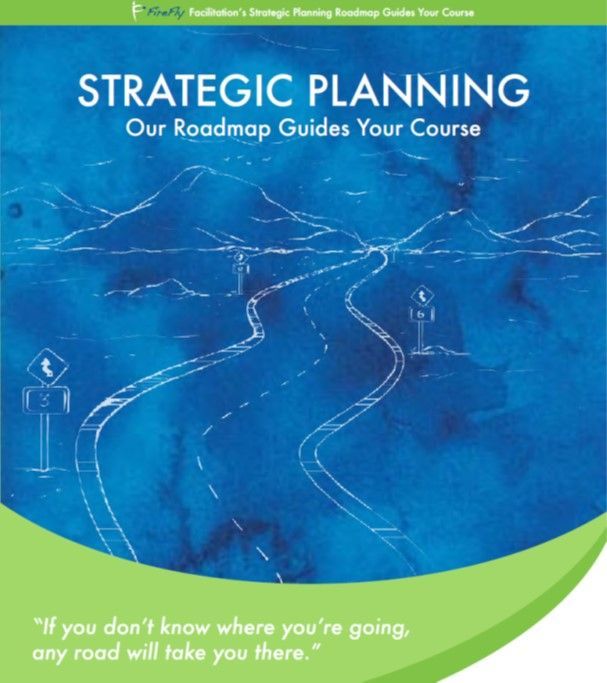Brainwriting: A Go-To Idea Generating Tool
We’ve explored using toys to loosen up a meeting, and we’ve discussed ways to loosen up your team, creatively speaking. The first method, which we discussed in our previous post, was Mind Mapping. The second idea-generating tool that I use is Brainwriting.
This process is ideally suited for allowing each person to view the problem from their own unique perspective, and then to encourage them to build on and improve the ideas of others. It can also be very effective when there is a concern that one or more people might dominate the problem-solving session, or that some may be fearful of sharing their ideas in a large group brainstorming session. The anonymity of the ideas and the emphasis on stretching the ideas further and further increases the odds of coming up with . . . well, odd–and potentially very novel–solutions.
Let’s go through how this exercise works:
- The problem-solving team–ideally, four to six people–is seated around a table, and each receives a blank sheet of paper.
- Everyone writes the agreed-upon problem statement at the top of the paper, and then draws three columns on it. If a team gets stuck on how to write a good specific problem statement, they can use sentence prompts like, “How can we improve…?” or “How do we ensure that…?”
- Give the team two minutes to legibly write three ideas–one per column–for addressing the problem. Someone needs to be accountable for setting the timer.
- At the end of two minutes, the timekeeper asks everyone to draw a line under their ideas across the whole page, and then pass the paper to the person on their left.
- They then set the timer for three minutes this time, giving each team member the chance to read through the ideas and piggyback on the original solutions by writing new ones under the original suggestions.
- This process of writing in ideas continues for as many times as there are people around the table, with each instance allowing a little more time (a maximum of five to six minutes per round) since the addition of ideas makes it progressively harder to come up with new solutions. If need be, people can enter a completely new idea instead of building upon one, if they truly are stuck, but this should be a last resort versus a first choice.
- There are several choices for next steps at this point. One is to pass the paper one more time (so people aren.t evaluating their own ideas that they just wrote down). Then have everyone read through the entire list of suggestions and select the best ones based on some previously agreed-upon criteria. Another option is to read all of the suggestions aloud, record them on a flip chart, and discuss them openly. While this might be the most equitable approach, ensuring that no ideas are improperly screened out by just one person, it could prove to be a very laborious process to actually have to get through. A third possibility is to post the sheets on the wall or pass them around the table such that each person can read all of the ideas and write in their initials beside the ones they think are most likely to solve the original problem statement.
Let team members try to combine ideas from one or more pages to come up with an exponentially better idea. Avoid the tyranny of the “either/or”, searching instead for solutions that incorporate”both/and”. It may be a good idea to hang on to these sheets for a while after the session. You never can tell when someone might get an inspiration overnight or in the shower. They might need a reminder of the idea they saw that prompted their creative thinking.
Now, how do you evaluate all of these ideas and select the ones that you want to action plan? You need a way to pull all that creativity together and make it actionable. In our next post, we’ll discuss two great tools for making this happen: the Impact versus Effort Grid and the Decision Matrix.






